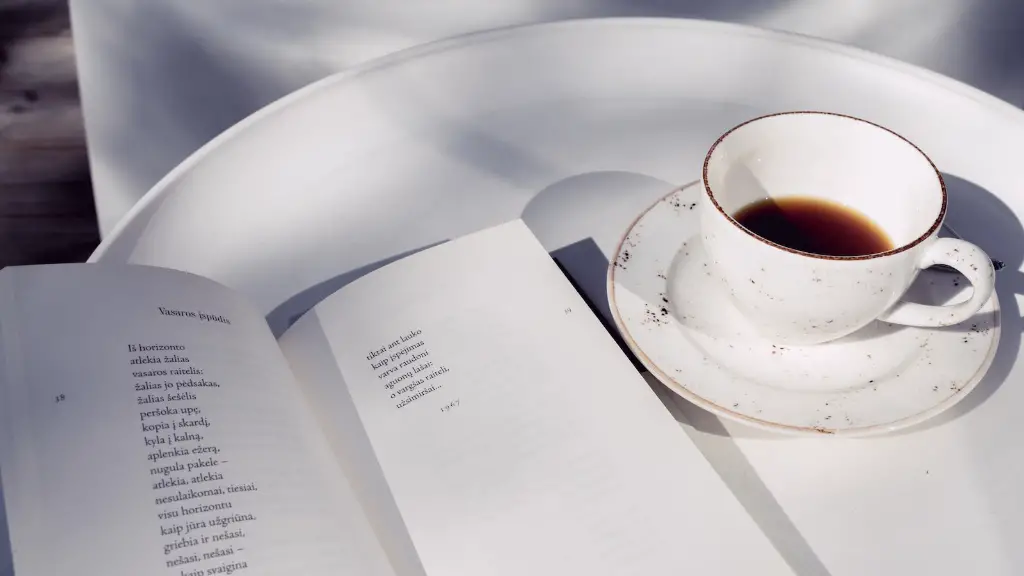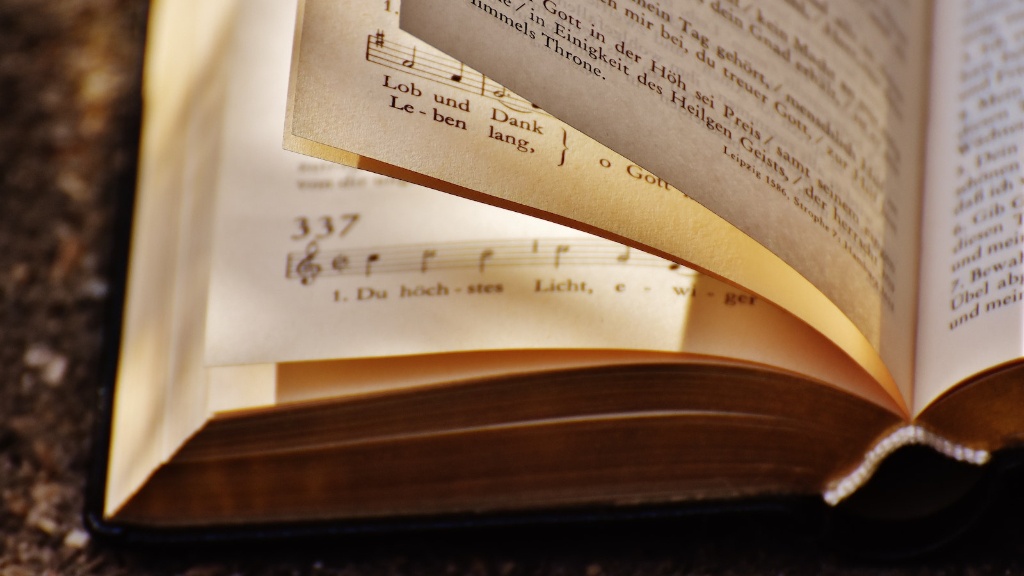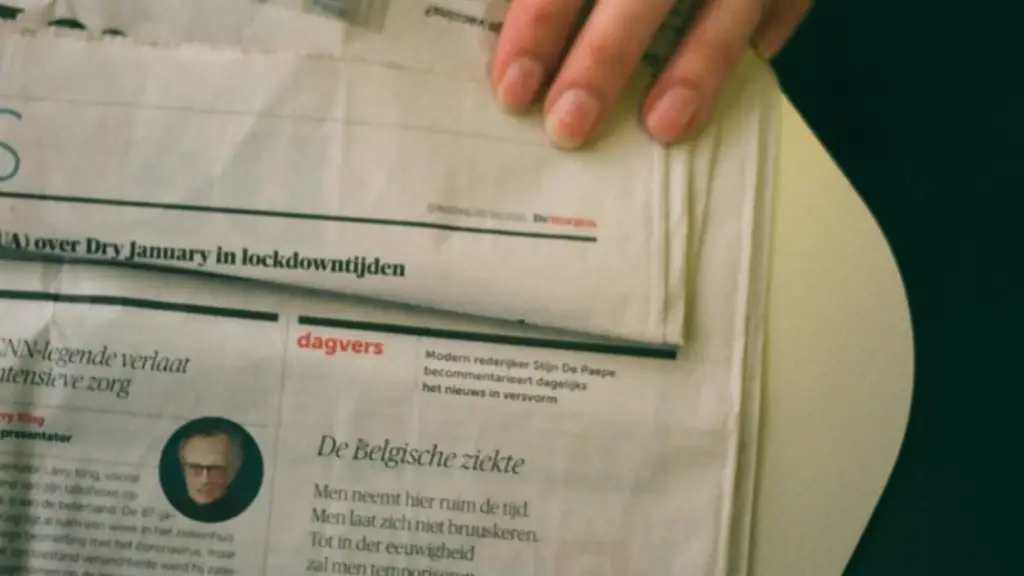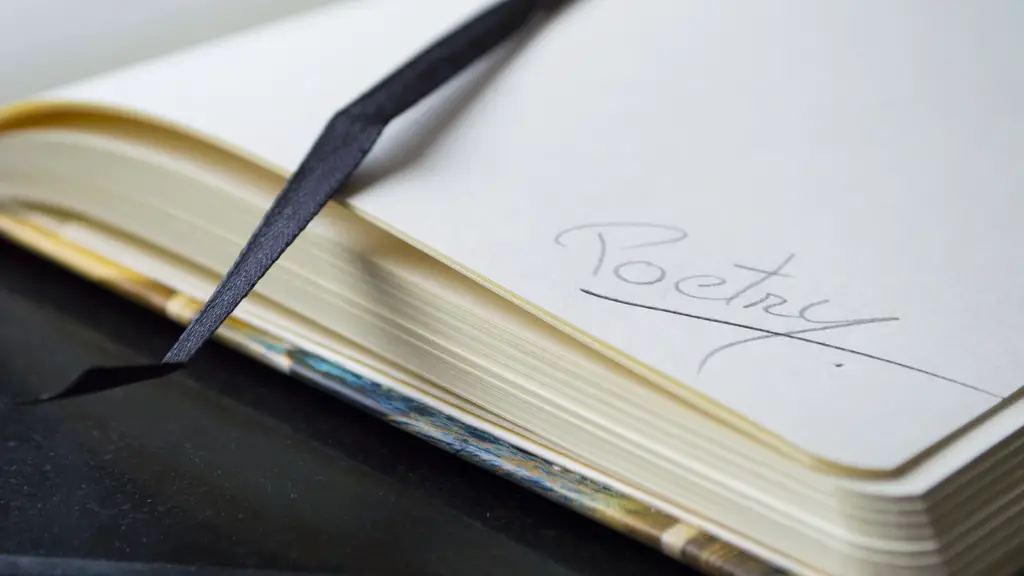Rhyme and Metrical Verse Known as Poetry
Poetry is an ancient art form written with powerful words that evoke emotion and instruction in rhythmical, rhyming or even blank verse. It is composed or spoken in lines or stanzas and can be about any topic. Whether for entertainment, pleasure, or enlightenment, poetry has long been celebrated for its artful use of rhythm, rhyme, and meter. There are many classes of poetry, each one expressing different ideas, concepts and emotions.
What Type of Poetry is This?
One question which arises for many when considering poetry is ‘what type of poetry is this?’. This can be a difficult question to answer as poetry can encompass a myriad of styles, tones, forms and idiosyncrasies. Nevertheless, it is possible to determine the type of poem you are presented with.
When reading poetry it is important to pay attention to the style and structure of the poem. One way to identify a poem is to determine the presence of rhymes andmetrical verse. A rhyme is a word that sounds similar to another, usually at the end of two lines. Metrical verse involves a rhythmic pattern with lines and syllables that create a regular meter within the poem. These two elements together create a poetic structure that sets poetry apart from regular prose. Furthermore, the use of two or more rhyming lines in a poem are known as a stanza.
Types of Poetry in Rhyme and Metrical Verse
When examining these two well-known features of poetry, a range of different types of poetry forms can be identified. These different types include the ballad, epic, sonnet, ode, and limerick. Each type has unique characteristics and distinct features which set them apart from other forms of poetry.
The ballad is a narrative poem that is often set to music, usually focusing on romance, adventures or tragedies. It usually follows a particular meter and is composed of stanzas with four-line verses in alternating rhyme.
The epic is a lengthy narrative poem focusing on a heroic character as they undertake a great quest. It is traditionally composed in separate stanzas of a specific length.
The sonnet is a traditional fourteen line poem, containing a specific rhyme scheme throughout the entire poem. This allows the poet to express complex concepts within the confines of a single poem.
The ode is a classical poem which is written in a very particular structure. This type of poem often celebrates an ideal or praises a person or event.
Finally, the limerick is a light hearted poem, full of wit and humour. It consists of five lines, with a distinct rhyme pattern, that often deals with everyday people, places, or events.
Poetry for the Amalia
The different types of poetry can be of appeal to different people. For those looking for something a little different, there is the Amalia form of poetry. This style uses no fixed meter, no specific line length and no set rhyming schemes. This form is highly subjective and interpretive, allowing the poet more freedom in their expression.
The Amalia poem is often written as one long line, usually separated by indentations or positioning. This allows the poem to be read as an uninterrupted free verse, unstructured and unrestrained by rhyming syllables or specific line lengths. This makes this form of poetry ideal for those wishing to express their ideas freely.
Blank Verse: an Unrhymed Poetry
Another type of poetry which is often confused with the Amalia form of poetry is blank verse. This type of poetry uses a specific meter and line length, however, unlike the Amalia form does not use any rhyming. This still allows for creativity within the poem and for the poet to explore ideas in an unrestricted manner.
Blank verse has been utilised by some of the greatest poets, including William Shakespeare and William Wordsworth. It has also been used to impart not just stories but also instruction and thought-provoking concepts.
Nature Poetry
A further type of poetry which is slightly different from the others is called nature poetry. Nature poetry is the form of poem which uses words and symbols to express the relationship between humans and nature. This type of poetry often uses a deep and often profound connection with the natural world to bring about ideas and interpretations of life itself.
Nature poetry is often used to convey or celebrate the virtues of the natural world. One of the best-known examples of this type of poetry is found in the work of the Romantics, such as William Wordsworth, Samuel Taylor Coleridge and Percy Shelley. These poets sought meaning in nature and used it to express their feelings and open up a conversation around the beauty of the natural world.
Visual Poetry
Visual poetry is a more abstract type of poetry which uses an arrangement of words, sounds, letters and symbols to create images. The imagery which is created within visual poetry often mirrors the emotion which is attempting to be conveyed.
In visual poetry, the poet often uses the arrangement of symbols to create visual patterns which represent the emotion. Common symbols used are numbers, stars and spirals, each representing its own symbolism.
Realism in Poetry
Realistic poetry is a style which has evolved from the Romanticism of the 18th and 19th century. Romantic poets were focused on associating emotion and beauty to poems which often happened to include nature. Realism however attempted to bring reality into the fore of the poems.
Realistic poetry focused on portraying real life the way it is, without idealism or romanticism. This type of poetry gives an accurate representation of life, often attempting to explore human nature and the state of the world. Notable examples of realism in poetry can be found in the work of George Gordon Byron and Walt Whitman.
Postmodern Poetry
Postmodern poetry is another type of poetry which has evolved over time. It is often characterised by its lack of structure and rules, allowing the poet to express themselves in their own personal manner. This type of poetry seeks to break barriers and open up new ways of thinking and new ways of exploring the world through writing and expression.
The main influence of this type of poetry comes from the tradition of Surrealism. Surrealist poets explored ideas through an abstract lens, and this often seen in postmodern poetry. Postmodern poetry is often surreal in nature and can be considered more abstract than other forms of poetry.
Experimental Poetry
Experimental poetry is a type of poetry which encourages the poet to think outside of the box and explore their craft in unique ways. This type of poetry often includes aspects which challenge traditional forms of poetry, and encourages the poet to think about how the words, context and forms of their poem can be used to convey a deeper idea.
The main focus of experimental poetry is to think about the boundaries of poetry and how these can be pushed further. This type of poetry is often seen as breaking away from the traditional patterns and rhyming of other forms of poetry.
Poetry Explored Through Language
Language poetry is a type of poetry which looks beyond the structure of the poem and puts all of the emphasis on the language which is used. It uses the words to explore all aspects of language, including the meaning which can be found in the words, and the different ways which they can be interpreted.
This approach to poetry often looks at the syntax and grammar used in the text, as well as the words themselves. It explores the ways which words can be used to create different meanings, as well as how words are used linguistically. Language poetry can often be seen as an exploration of words themselves, as well as using them as a form of expression.
A Lasting Art Form
Poetry is a form of writing which has endured for centuries and continues to be relevant in today’s society. It is composed of a variety of styles and genres, each one conveying different ideas, concepts, and emotions. This ancient art form still has a prominent role in today’s culture, as it is still used to communicate ideas and messages in a unique and powerful way.
When considering ‘ What type of poetry is this?’, it is important to pay attention to the structure of the poem. Examining the elements of rhyming and metrical verse can help to identify which type of poem the reader is presented with. There are a myriad of different types of poetry, each one expressing its own distinct ideas, creating a lasting form of writing that is still relevant today.



